Katakana
Katakana is the second alphabet you will be required to know. Katakana is used for words that are not native of Japan and are borrowed from other languages. All names that are not Japanese would be written in Katakana. All Roomaji written in capital letters should be written in Katakana. Please be sure to read the footnotes at the bottom of the chart.
If you are confident enough to take the test, check out this page and memorize Katakana just in a few hours!
| ア a |
イ i |
ウ u |
エ e |
オ o |
| カ ka |
キ ki |
ク ku |
ケ ke |
コ ko |
| ガ ga* |
ギ gi* |
グ gu* |
ゲ ge* |
ゴ go* |
| サ sa |
シ shi |
ス su |
セ se |
ソ so |
| ザ za** |
ジ ji** |
ズ zu** |
ゼ ze** |
ゾ zo** |
| タ ta |
チ chi |
ツ tsu |
テ te |
ト to |
| ダ da+ |
ヂ di+ |
ヅ du+ |
デ de+ |
ド do+ |
| ナ na |
ニ ni |
ヌ nu |
ネ ne |
ノ no |
| ハ ha |
ヒ hi |
フ fu++ |
ヘ he |
ホ ho |
| バ ba^ |
ビ bi^ |
ブ bu^ |
ベ be^ |
ボ bo^ |
| パ pa¿ |
ピ pi¿ |
プ pu¿ |
ペ pe¿ |
ポ po¿ |
| マ ma |
ミ mi |
ム mu |
メ me |
モ mo |
| ヤ ya |
ユ yu |
ヨ yo |
||
| ラ ra? |
リ ri? |
ル ru? |
レ re? |
ロ ro? |
| ワ wa |
ヲ o= |
|||
| ン n |
*Ka, ki, ku, ke, ko is the same as ga, gi, gu, ge, go; you only add extra brush strokes to the end to differentiate between the two.
**Sa, shi, su, se, so is the same as za, ji, zu, ze, zo, except for the extra brush strokies, similar to the ka/ga issue.
+Just like ka/ga and sa/za, the ta, chi, tsu, te, to is the same as da, di, du, de, do except for the extra brush strokes.
++The fu sound is more like a puff of air with the sound of a hu/fu combined.
^Just like the others, ba, bi, bu, be, bo is the same as ha, hi, fu, he, ho except with the extra brush strokes.
¿Pa, pi, pu, pe, po is similar to the others, except the brush stroke is now a small circle that is added to the ha, hi, fu, he, ho.
?Roll your r’s, like you would in Spanish.
=O was originally wo, but in modern Japan they drop the w in front.
